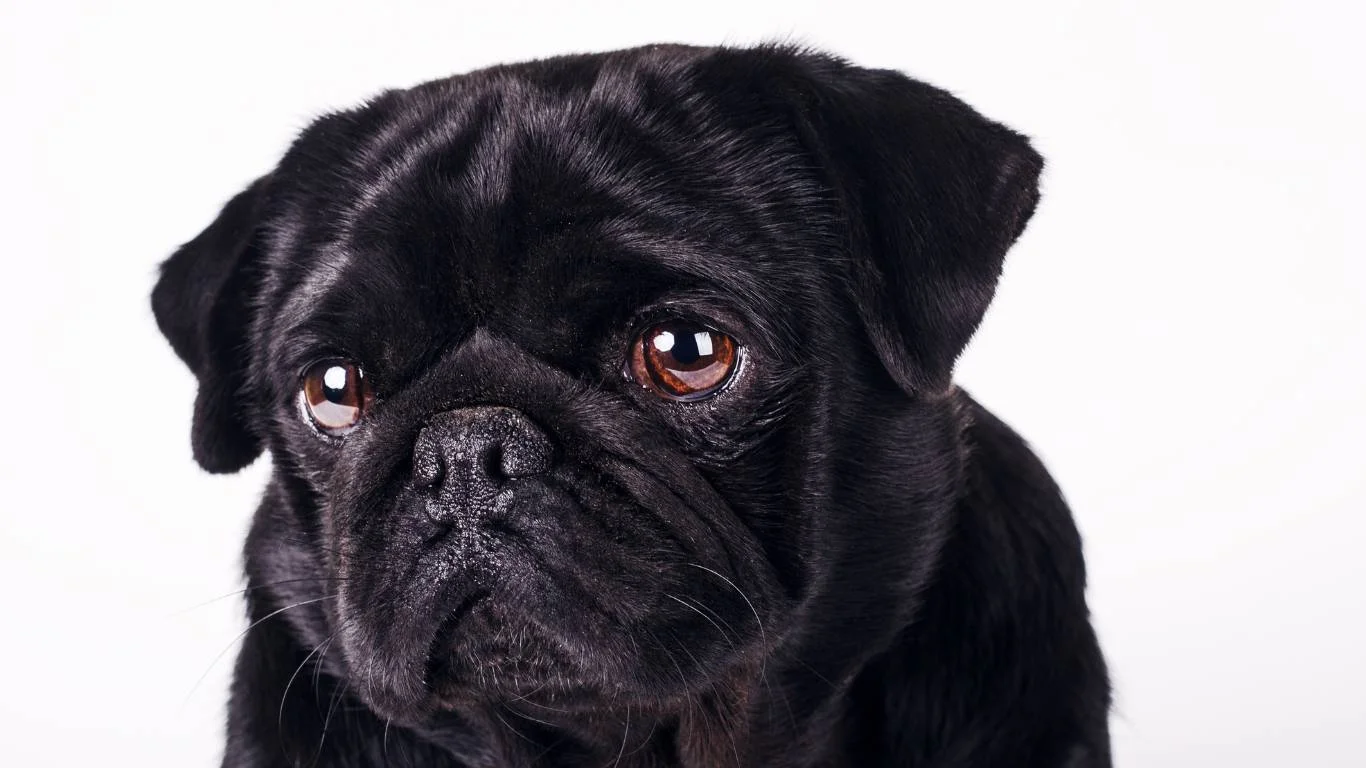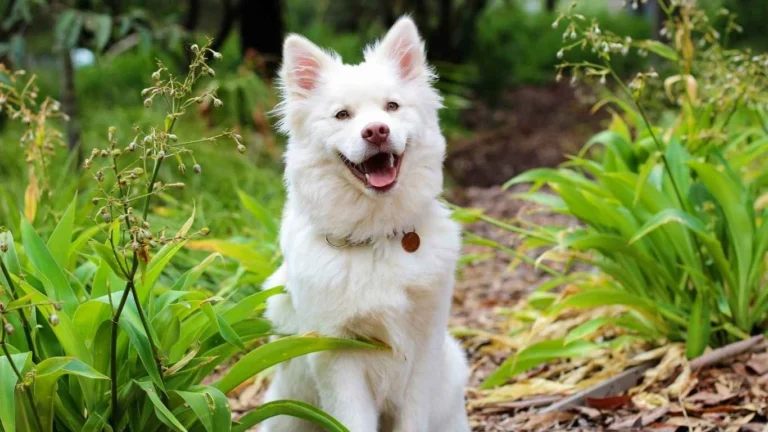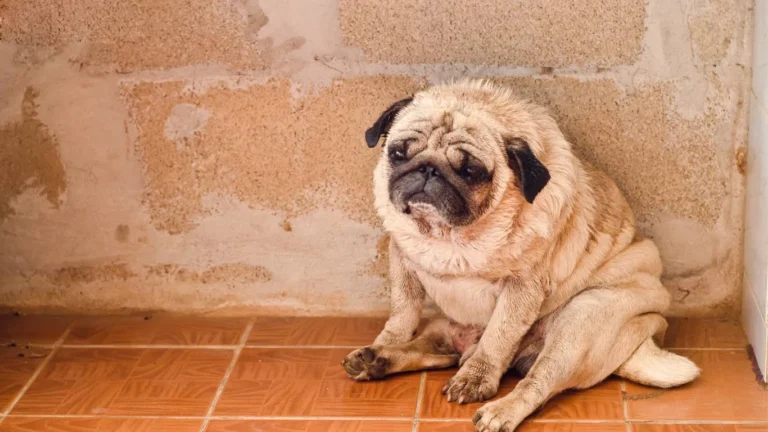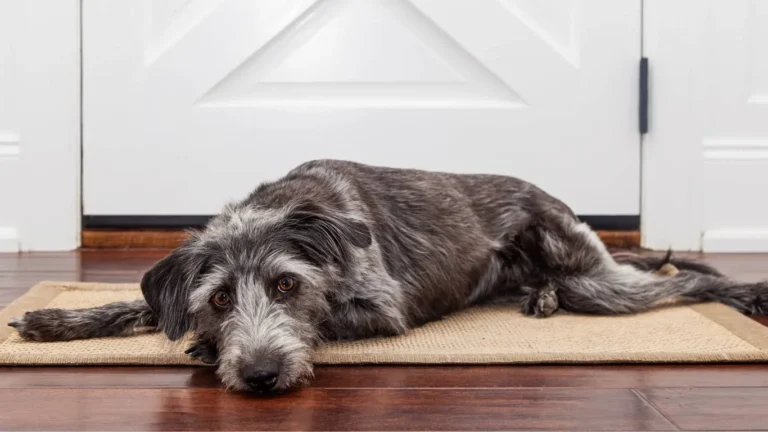How to Recognize Early Signs of Cancer in Dogs: Vital Tips
As a veterinary assistant with a focus on nutrition, I’ve spent a lot of time around dogs of all shapes and sizes. One thing I’ve learned through experience is that early detection of health issues in dogs, particularly something as serious as cancer, can make all the difference. We all know how our dogs wag their tails and offer endless love, but recognizing the early signs of something like cancer in dogs can be trickier. You may not always notice, especially since dogs can’t vocalize their discomfort. That’s why learning how to recognize the early signs of cancer in dogs is so crucial. Not only does it allow you to seek professional help sooner, but it also gives your dog a better chance at treatment and a longer, healthier life. Let’s dive into how to spot these signs early and what you can do to help your furry friend.
What Are the Early Signs of Cancer in Dogs?
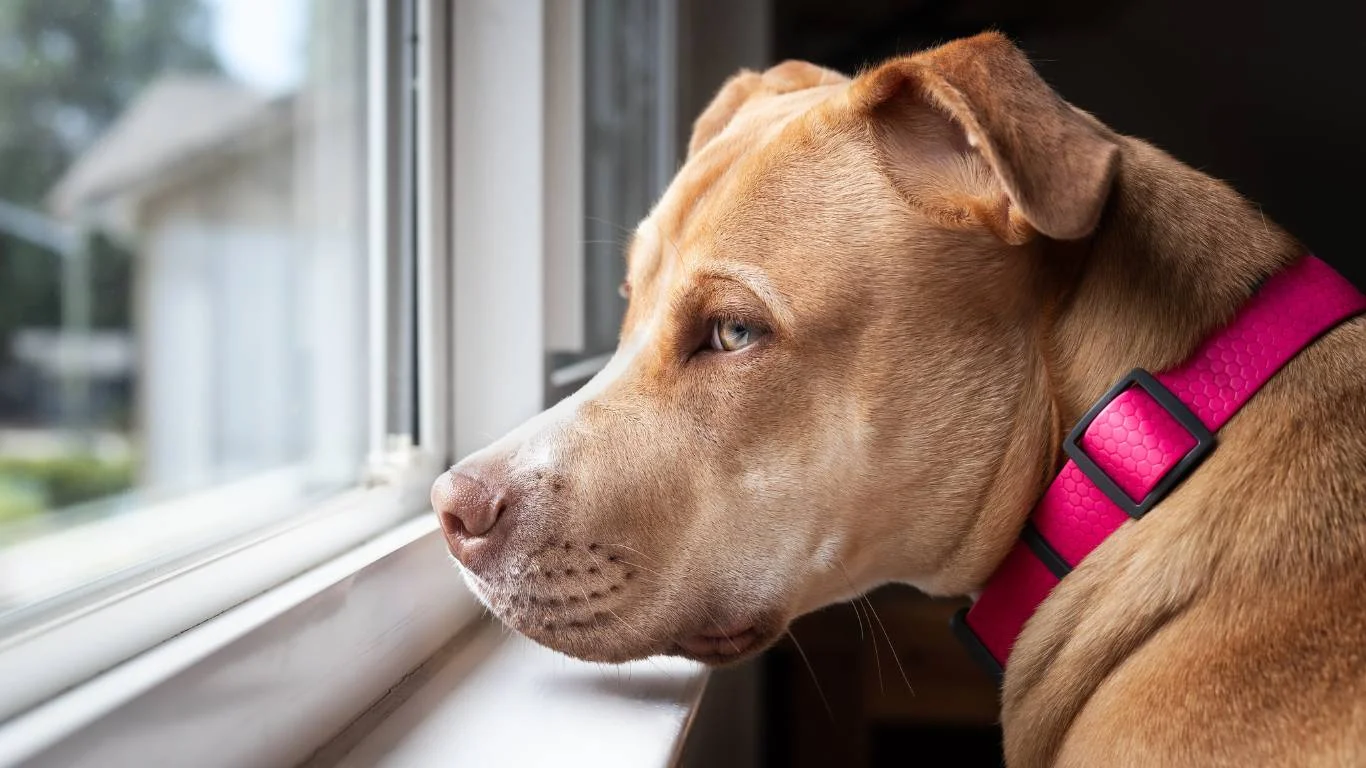
Cancer in dogs, like in humans, can often develop silently at first. This is why knowing what to look out for is essential in ensuring that you can get your pet the help they need right away. The most important thing is to keep an eye on any changes in your dog’s behavior, appetite, and general health. Since every dog is different, symptoms may vary, but here are some of the most common signs that could indicate cancer:
- Unexplained Weight Loss: If your dog starts losing weight for no apparent reason, it’s a red flag. Cancer can cause weight loss due to the tumor consuming the body’s resources.
- Abnormal Lumps or Bumps: One of the first things many dog owners notice are strange lumps or bumps on their dog’s body. These could be signs of tumors. Not all lumps are cancerous, but if they grow quickly or change in texture, it’s important to get them checked out by your vet.
- Change in Appetite: A sudden loss of appetite or difficulty eating can be a symptom of cancer. Dogs may avoid food because they feel nauseous or have pain while eating. On the flip side, some dogs may start eating more due to hormonal changes associated with the cancer.
- Persistent Coughing or Breathing Problems: If your dog develops a persistent cough, shortness of breath, or difficulty breathing, it could indicate lung cancer or another form of respiratory cancer.
- Changes in Bathroom Habits: Difficulty urinating or defecating, or noticing blood in their urine or stool, could signal cancer in the urinary or digestive systems.
Changes in Behavior You Shouldn’t Ignore
Behavioral changes can be one of the trickier signs of cancer. Dogs are naturally good at hiding discomfort, so any shift in behavior could be an indicator. Here are some behavioral signs to be aware of:
- Unexplained Lethargy: While it’s normal for older dogs to slow down a bit, sudden, unexplained lethargy can be a sign of illness. If your dog suddenly becomes less active, stops playing, or seems unusually tired, it could be a sign of cancer or another health problem.
- Increased Irritability: Dogs with cancer may become more irritable or aggressive, especially if they’re in pain. This change in behavior is often a result of discomfort and frustration.
- Excessive Thirst or Urination: Some cancers affect the kidneys or endocrine system, causing dogs to drink more water than usual or urinate more frequently. If you notice this happening consistently, it’s worth looking into.
Why Early Detection Matters in Cancer
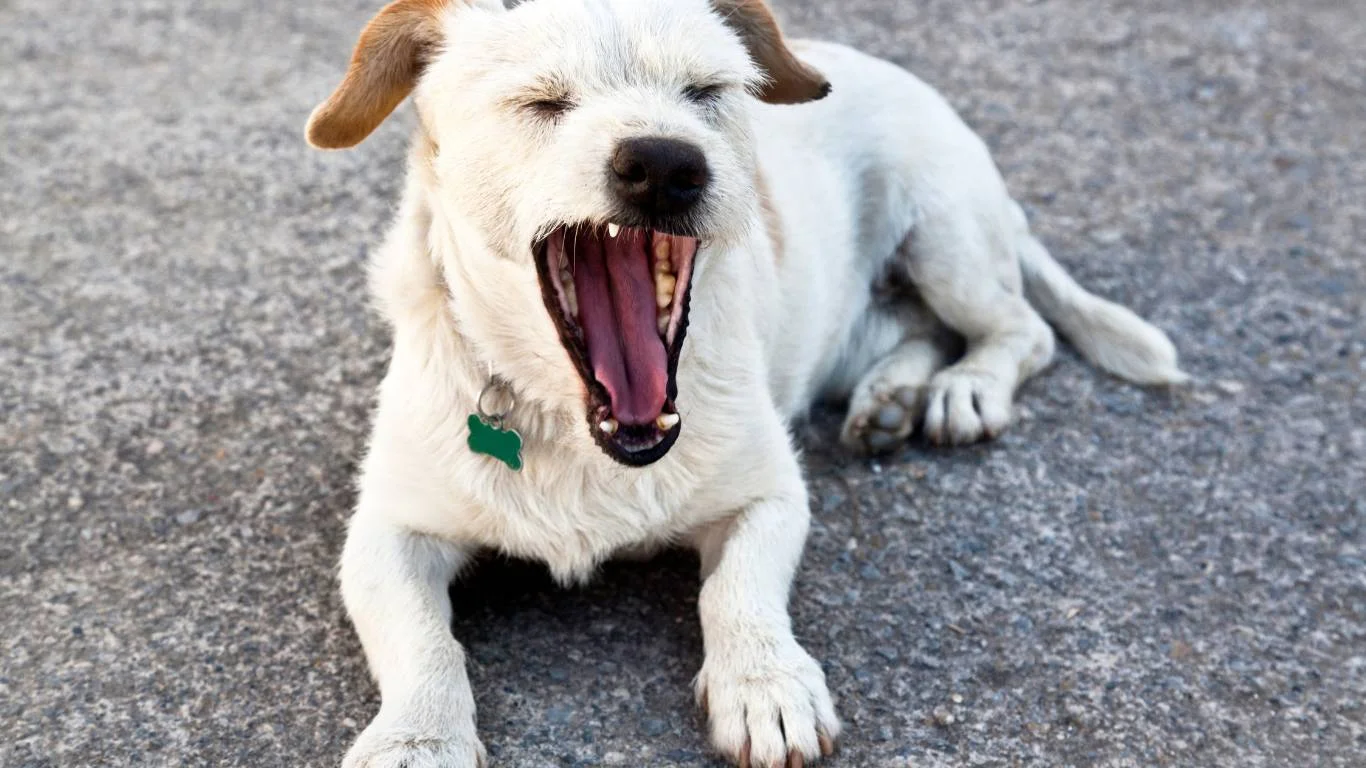
It can be difficult to imagine your dog going through something as serious as cancer, but early detection is absolutely crucial. When cancer is caught early, there are more options for treatment. This can lead to a much better prognosis and a higher chance of remission. Waiting until the disease has advanced can limit treatment options and make it much harder to fight. By noticing signs early, you’re essentially giving your dog the best possible chance at a healthier future.
In my experience as a veterinary assistant, I’ve seen firsthand how fast cancer can spread if it’s not caught early. I’ve also seen the success stories, where early detection led to treatment that improved the dog’s quality of life and longevity. That’s why it’s so important to stay vigilant and be proactive about your dog’s health. The earlier you recognize something isn’t quite right, the better your vet will be able to assist.
Common Types of Cancer in Dogs
When you hear the word “cancer,” it can feel overwhelming. But just like humans, dogs can develop different types of cancer. Each type has its own set of symptoms and treatment options. Here are some of the most common types of cancer in dogs:
- Lymphoma: A type of cancer that affects the lymphatic system. Symptoms include swollen lymph nodes, lethargy, and weight loss.
- Osteosarcoma: A form of bone cancer, usually affecting the limbs. It can cause pain, swelling, and lameness.
- Hemangiosarcoma: A cancer of the blood vessels, often affecting the spleen or liver. It can cause internal bleeding, lethargy, and abdominal swelling.
- Mast Cell Tumors: A common skin cancer in dogs. Symptoms may include lumps or bumps on the skin, especially ones that are firm or change in size.
How to Monitor Your Dog’s Health

Preventative care is one of the best ways to ensure that your dog stays healthy and that any health problems are caught early. Here’s how you can keep a close eye on your dog’s well-being:
- Regular Vet Visits: Scheduling routine check-ups with your vet is essential. These visits allow your vet to monitor your dog’s health and catch any potential issues before they become serious.
- At-Home Health Checks: Get into the habit of checking your dog’s body regularly for lumps, bumps, and other changes. It’s also important to check their gums, teeth, and eyes for signs of any unusual changes.
- Keep Track of Behavior Changes: If you notice anything different about your dog’s behavior, whether it’s a change in appetite, energy levels, or bathroom habits, don’t ignore it. Early detection starts with awareness.
How to Diagnose Cancer in Dogs

So, you’ve noticed some unusual signs in your dog, and now you’re wondering, “Is it cancer?” The best way to find out for sure is through a proper veterinary diagnosis. As a veterinary assistant, I’ve seen how important it is to get an accurate diagnosis as soon as possible. This helps you and your vet decide on the right course of action to take.
Diagnosing cancer in dogs typically involves a combination of physical exams, blood tests, imaging, and sometimes biopsies. The process can vary depending on the type of cancer your dog may have, but here’s a breakdown of how the diagnostic process usually works:
Physical Exam
Your vet will start with a thorough physical examination. During this exam, the vet will look for any lumps, bumps, or irregularities on your dog’s body. They will check your dog’s vital signs, such as heart rate, respiration rate, and temperature. This step is essential because it helps the vet detect any noticeable signs that could indicate cancer or another health issue.
Blood Tests
Blood work is another crucial part of the diagnostic process. A blood test can reveal various abnormalities that could be related to cancer, such as low red blood cell count or high levels of certain enzymes. While blood tests aren’t enough to definitively diagnose cancer, they provide useful clues that can guide the vet toward the next steps in diagnosing your dog’s condition.
Imaging
If the physical exam and blood tests suggest that cancer might be present, your vet may recommend imaging techniques such as X-rays, ultrasound, or even a CT scan. These images help vets see the internal organs and tissues more clearly, which can reveal tumors or other abnormal growths. Imaging is especially useful for detecting cancers in the lungs, liver, or abdominal cavity.
Biopsy
If a tumor or abnormal tissue is found, the vet will likely recommend a biopsy. A biopsy involves taking a small sample of the tissue for testing in a lab. This is the most definitive way to determine if the growth is cancerous and, if so, what type of cancer it might be. It’s important to note that while a biopsy can be an invasive procedure, it’s often the best way to confirm a cancer diagnosis and determine the most appropriate treatment options.
Understanding the Different Stages of Cancer

If your dog has been diagnosed with cancer, it’s natural to feel overwhelmed. But understanding the stage of cancer can help guide you through treatment decisions and give you a clearer picture of what to expect. Staging is a way of describing the extent of cancer in your dog’s body. It helps your vet determine the severity of the cancer and choose the best treatment plan.
Generally, cancer in dogs is staged from 1 to 4, with stage 1 being the least severe and stage 4 being the most advanced. Here’s a basic rundown of what these stages mean:
Stage 1
At stage 1, cancer is usually confined to one area, and the tumor is typically small. This is the best stage for treatment, as the cancer hasn’t spread yet. Surgery to remove the tumor is often highly effective at this stage, and many dogs go on to live normal, healthy lives.
Stage 2
Stage 2 cancer means that the tumor has likely grown larger, but it’s still localized. At this stage, your dog may have a higher risk of the cancer spreading, so additional treatments like chemotherapy or radiation might be recommended. The prognosis is still quite good if treated promptly.
Stage 3
At stage 3, the cancer has spread to nearby lymph nodes or other tissues. This stage requires more aggressive treatment to stop the cancer from advancing further. While it’s more challenging to treat, many dogs can still live for a period of time with proper management.
Stage 4
Stage 4 is the most advanced stage of cancer. The cancer has likely spread to other organs or parts of the body. At this point, the focus may shift from curing the cancer to managing symptoms and maintaining your dog’s quality of life. Treatment at this stage is typically palliative rather than curative, meaning it’s about making your dog comfortable.
As tough as it can be to face cancer at any stage, the more you know about the disease and the options available, the better equipped you’ll be to make informed decisions about your dog’s care. It’s all about giving them the best possible chance at recovery or managing the disease with as much comfort as possible.
Treatment Options for Dogs with Cancer
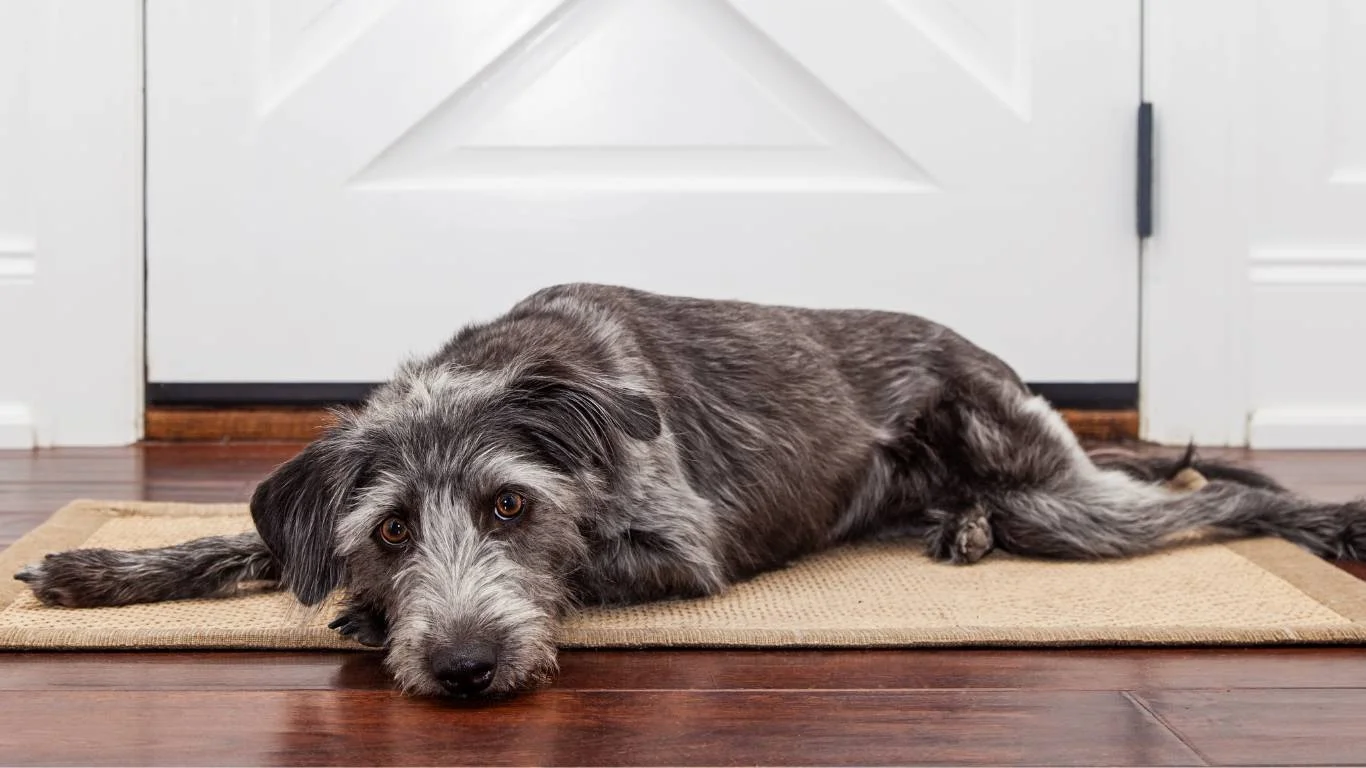
Once your dog has been diagnosed and staged, the next step is discussing treatment options with your vet. The treatment plan will depend on the type of cancer, its stage, and your dog’s overall health. There are several treatment options available, each with its own set of benefits and challenges:
Surgery
Surgery is often the first line of defense when dealing with cancer, especially if the tumor is localized and hasn’t spread. The goal of surgery is to remove the tumor and any affected tissue, potentially curing the cancer if it hasn’t metastasized. Some dogs recover quickly from surgery, but it depends on the tumor’s location and size.
Chemotherapy
Chemotherapy is another common treatment for dogs with cancer. It involves using drugs to kill or shrink cancer cells. Chemotherapy is often used when surgery isn’t an option or if the cancer has spread to other parts of the body. While chemotherapy can be effective, it can also have side effects like nausea, hair loss, and changes in appetite. However, many dogs tolerate chemotherapy better than people do.
Radiation Therapy
Radiation therapy is used to target and destroy cancer cells using high-energy rays. It’s often used in conjunction with surgery or chemotherapy and is effective in treating tumors that can’t be removed surgically. Radiation therapy is typically well-tolerated by dogs, although it can sometimes cause skin irritation and other mild side effects.
Alternative Treatments
Some pet owners explore alternative treatments alongside traditional therapies. These may include acupuncture, herbal supplements, or special diets designed to support your dog’s immune system. While there’s no substitute for professional medical treatment, some alternative therapies can help alleviate symptoms and improve your dog’s quality of life.
Ultimately, the right treatment plan will depend on your dog’s individual situation. Working closely with your vet will help you decide on the best course of action to give your dog the best possible chance of recovery.
After the Diagnosis: Next Steps for You and Your Dog
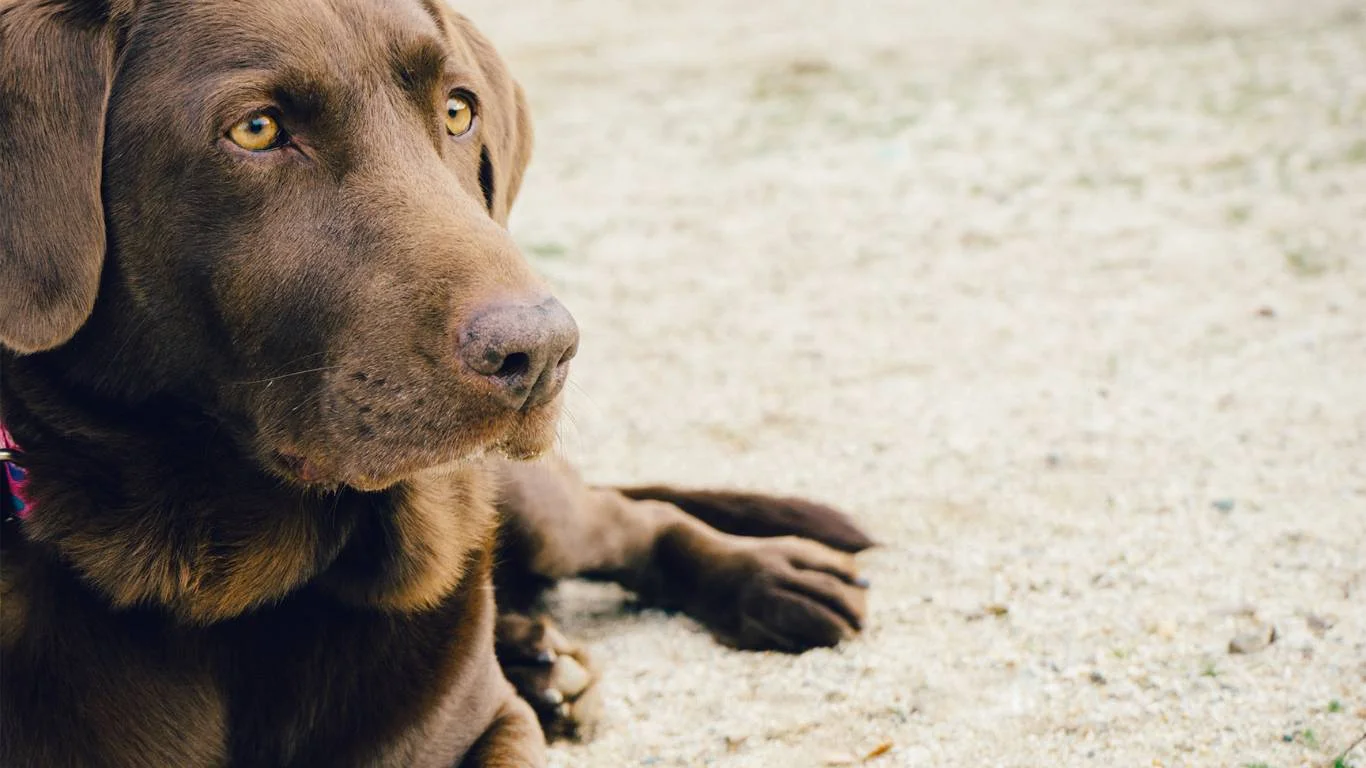
After receiving a cancer diagnosis for your dog, it’s completely normal to feel overwhelmed. Trust me, I’ve been there with my own pets. It can be emotional, and the decisions ahead may seem daunting. But the most important thing is that you and your vet can work together to create a treatment plan that gives your dog the best chance at recovery or at least maintaining a good quality of life.
The first step after a diagnosis is often confirming the details of the cancer. Whether it’s deciding between surgery, chemotherapy, or other options, your vet will guide you through the treatment plan, helping you understand the pros and cons of each approach. For some types of cancer, immediate surgery may be the best option, while for others, a more gradual approach such as chemotherapy might be recommended. Whatever path you choose, open communication with your vet is key.
Creating a Care Plan
Once you’ve had a full discussion with your vet about the diagnosis and treatment options, it’s time to create a care plan. A well-structured care plan should consider not just the medical treatments your dog will undergo, but also their lifestyle during treatment. Some dogs handle treatment better than others, so adjusting the plan as you go may be necessary. A good plan will also include the following components:
- Regular Check-Ups: You will likely need to bring your dog in for regular check-ups to monitor their response to treatment. This includes checking for side effects and ensuring that the cancer isn’t spreading.
- Diet and Nutrition: Good nutrition plays a huge role in maintaining your dog’s strength throughout treatment. This might mean adjusting their diet to a more easily digestible one, or providing supplements that boost their immune system. I’ve seen how crucial it is for dogs undergoing cancer treatment to have proper nutrition to support their healing process.
- Pain Management: Pain management is essential in cancer treatment. Whether your dog is undergoing surgery or chemotherapy, ensuring they are as comfortable as possible during the process is critical. In my experience, vets may recommend medications or even acupuncture to help with pain relief.
- Exercise and Mental Stimulation: While your dog’s energy levels may fluctuate, keeping them mentally stimulated and engaging in gentle exercise can help them maintain their spirits. It’s important not to push them too hard, but moderate activities like light walks can help keep them engaged with their surroundings.
Supporting Your Dog Emotionally During Cancer Treatment

When a dog is undergoing cancer treatment, emotional support is just as important as physical care. Dogs are incredibly intuitive and can pick up on their owner’s emotions. They may feel more stressed or anxious if they sense that you’re upset. Maintaining a calm and loving environment can make a big difference in your dog’s well-being. One of the most helpful things you can do is spend quality time with them during this period.
Remember, your dog still needs to feel like a part of the family. They may not be able to do all the things they used to do, but simple acts of love and affection go a long way. Make sure your dog feels comfortable, whether that’s by giving them a cozy bed in their favorite spot, providing a variety of toys, or simply being close by. It’s these small moments that help them stay connected to their sense of normalcy.
If your dog seems stressed or anxious, talk to your vet about options to help alleviate those feelings. Some dogs respond well to pheromone sprays or calming collars, which release scents that help them feel more relaxed. In some cases, your vet may even suggest anti-anxiety medications, especially if your dog is showing signs of significant distress.
Alternative and Complementary Therapies
In addition to traditional treatments like surgery, chemotherapy, and radiation, some dog owners choose to explore alternative and complementary therapies. These can be used alongside conventional treatments to improve your dog’s quality of life and potentially enhance the effectiveness of medical interventions. Some popular options include:
- Acupuncture: Acupuncture is used to relieve pain, reduce inflammation, and stimulate the body’s healing process. Many dogs find acupuncture sessions soothing and relaxing, and it can be an excellent addition to their cancer treatment plan.
- Herbal Supplements: Certain herbs and natural supplements can support your dog’s immune system and help with the side effects of cancer treatment. Some common options include turmeric, milk thistle, and CBD oil, but it’s essential to consult your vet before using any herbal treatments.
- Massage Therapy: Gentle massage can help alleviate muscle tension, reduce stress, and improve circulation. It can also make your dog feel more comfortable during their treatment journey. There are even pet massage therapists who specialize in this type of care.
While alternative therapies can help with pain management and overall wellness, they should never replace traditional cancer treatments. Instead, they can be a great way to support your dog’s health during their recovery process.
Helping Your Dog Live Well With Cancer
Whether your dog’s cancer is in an early stage or has progressed, managing their overall well-being is the key to giving them the best quality of life. As a veterinary assistant, I’ve seen dogs go through challenging treatments and still maintain their joy for life, and it’s truly heartwarming. Here are some tips to help you manage your dog’s health and comfort during this time:
- Stay Consistent with Medications: If your dog is prescribed medications for pain, nausea, or other symptoms, make sure to follow the dosing instructions carefully. Keeping up with their prescribed schedule is critical to ensuring their comfort.
- Maintain Regular Routines: Dogs thrive on routine, so try to keep their daily schedule as consistent as possible. This can help reduce stress and provide a sense of stability during a challenging time.
- Monitor Their Condition Closely: Pay close attention to any changes in your dog’s behavior, appetite, or physical condition. Keeping track of these can help you detect any issues early on, which can be especially important if the cancer is progressing.
Remember, no matter how challenging the journey may seem, your dog relies on you to provide the love, care, and attention they need. Be patient with the process, and know that your bond with your dog can be an incredible source of comfort for both of you. No one can predict the future, but by staying informed and working closely with your vet, you’re giving your dog the best possible chance at living a happy and comfortable life.
Disclaimer
The information provided in this article is for informational purposes only and should not be considered as professional veterinary advice. Always consult with your veterinarian for the diagnosis and treatment of any health conditions your dog may have. Veterinary professionals can provide guidance tailored to your pet’s specific needs and medical history. For more information about canine cancer, visit trusted resources such as PetMD or American Kennel Club.
